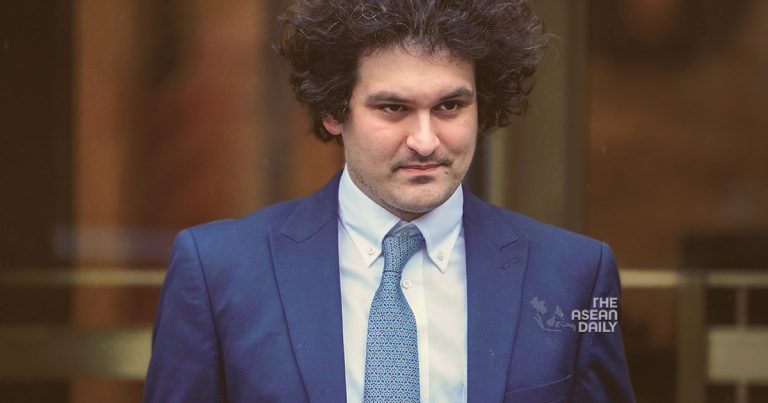9-10-2023 (NEW YORK) The criminal trial of Sam Bankman-Fried, a former cryptocurrency billionaire, commenced in Lower Manhattan during an unusually warm October. Known for his casual attire and shaggy hair, Bankman-Fried, a mathematician and entrepreneur, arrived in court for the prosecution’s opening argument in a suit and a new crewcut. The trial will grapple with a pivotal question: Is Bankman-Fried the crypto world’s Bernie Madoff, or an idiosyncratic genius who lost control of his exceptionally successful company?
Less than a year ago, Bankman-Fried was riding high. His cryptocurrency ventures had made him a billionaire, and he even contemplated the idea of acquiring Goldman Sachs. As a vocal supporter of effective altruism, he pledged to donate most of his wealth to charitable causes. However, FTX, the cryptocurrency exchange he co-founded, rapidly ascended to a $32 billion valuation before plummeting due to concerns about solvency, which resulted in a rush of customers attempting to withdraw funds that were suddenly unavailable.
According to the government, Bankman-Fried and his associates funneled billions of dollars to another of his companies, the hedge fund Alameda Research, for speculative cryptocurrency trading, starting from FTX’s inception. This money, totaling more than $10 billion, was used for various purposes, including real estate, political contributions, and personal expenses. An investigation revealed that roughly $8 billion of FTX customer deposits were spent on real estate, political donations, and investments in cryptocurrency-mining companies, with over $2 billion being transferred as personal loans to FTX executives, which were never repaid.
In December, Bankman-Fried was arrested in the Bahamas, and he has since maintained his innocence. Nevertheless, three of his close associates, including a former romantic partner, have pleaded guilty and agreed to testify against him, making the trial a formidable challenge for his defense. If convicted on all charges, Bankman-Fried could face a sentence of over 100 years.
During the trial, the prosecution will present evidence, including testimony from Bankman-Fried’s inner circle, internal company documents, financial statements, and the defendant’s tweets that he attempted to delete. The defense, on the other hand, portrays Bankman-Fried as an ambitious business leader who made well-intentioned decisions that led to his company’s downfall due to rapidly changing circumstances. Mark Cohen, Bankman-Fried’s lead lawyer, argued that his client believed the loans FTX made to Alameda were permissible and backed by reasonable security.




